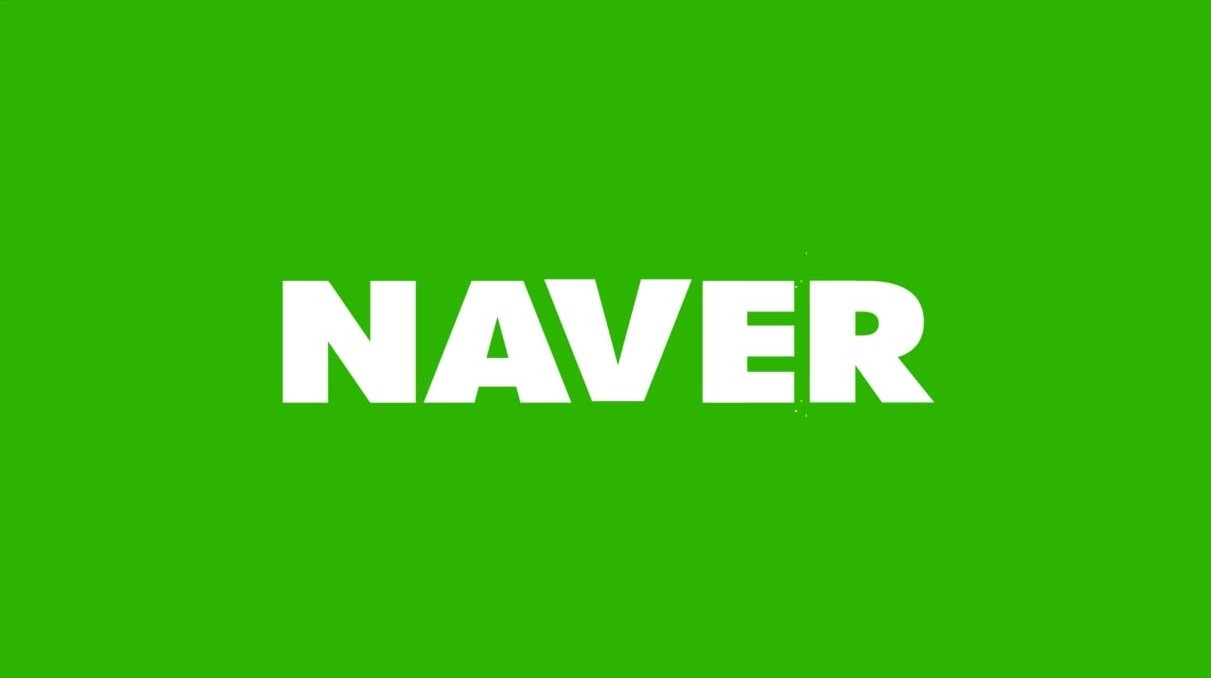Optimizing preoperative care with oxygenation for traumatic diaphragmatic hernia repair in a domestic short hair cat
Abstract
Diaphragmatic hernia is a life-threatening condition in cats that requires prompt diagnosis and a systematic approach for management. This case report highlights the critical role of presurgical oxygenation in enhancing the safety and success of surgical management of diaphragmatic hernias in cats. A female domestic short-haired cat, Mini, was referred to the PDHB Drh Anton SAP clinic for lethargy and inability to defaecate. Radiographic examination revealed a disrupted diaphragmatic outline with increased cranial opacity, indicating displacement of gastrointestinal organs into the thoracic cavity, including the stomach, small intestine, and colon. The cat was diagnosed with diaphragmatic hernia. Prior to the surgical intervention, presurgical oxygenation was administered to stabilise the patient and reduce the risk of hypoxia. Surgery involved the repositioning of the abdominal organs and repair of the ruptured diaphragm. Postoperative care included intensive monitoring and administration of antibiotics and analgesics. After one week of recovery, the cat showed significant improvement, with healed surgical wounds and stable clinical conditions, and was discharged in good health.
Downloads
References
Besalti O, Pekcan Z, Caliskan M, Aykut ZG. 2011. A retrospective study on traumatic diaphragmatic hernias in cats. Ankara Üniversitesi Veteriner Fakültesi Dergisi. 58(3):175-179. https://doi.org/10.1501/Vetfak_0000002470
Constantinides C, Mean R, Janssen BJ. 2011. Effects of isoflurane anesthesia on the cardiovaskular function of the C57BL/6 Mouse. ILAR e-Journal. 52:e21-e31.
Das J, Jena B, Behera SS. 2016. Surgical management of feline traumatic diaphragmatic hernia - a case report. Journal of Livestock Science. 7:107-110.
Fossum TW. 2012. Small Animal Surgery. 4th Edition. Mosby Inc. Missouri USA.
Legallet C, Mankin KT, Selmic LE. 2016. Prognostic indicators for perioperative survival after diaphragmatic herniorrhaphy in cats and dogs: 96 cases (2001-2013). BMC Veterinary Research. 13(1):1-7. https://doi.org/10.1186/s12917-016-0926-y | PMid:28061863 PMCid:PMC5219778
McMichael M. 2022. Overview of Diaphragmatic Hernia. Merck Veterinary Manual.
Panprom C, Jiwaganont P, Bootcha R, Petchdee S. 2021. The surgical repair of a congenital peritoneopericardial diaphragmatic hernia in maine coon cat. Veterinary Integrative Sciences. 19(3): 439-447. https://doi.org/10.12982/VIS.2021.036
Qi L. 2023. Diagnosis and treatment of severe diaphragmatic hernia in a cat: a case study. Theoretical and Natural Science. 24(1): 258-264. https://doi.org/10.54254/2753-8818/24/20231141
Worth AJ, Machon RG. 2005. Traumatic diaphragmatic herniation: pathophysiology and management. Compendium on Continuing Education for Practicing Veterinarian. pp 178-191.
Yaygingül R, Bozkan Z, Şen ZB, Kurt BK, Belge A. 2019. Traumatic diaphragmatic hernia in cats: a retrospective study of 15 cases (2016-2017). Kocatepe Veterinary Journal. 12(2):205-212. https://doi.org/10.30607/kvj.493594

Copyright (c) 2024 CC-BY-SA

This work is licensed under a Creative Commons Attribution-ShareAlike 4.0 International License.
Authors who publish with this journal agree to the following terms:
1. Authors retain copyright and grant the journal right of first publication with the work simultaneously licensed under a Creative Commons Attribution License that allows others to share the work with an acknowledgement of the work's authorship and initial publication in this journal.
2. Authors are able to enter into separate, additional contractual arrangements for the non-exclusive distribution of the journal's published version of the work (e.g., post it to an institutional repository or publish it in a book), with an acknowledgement of its initial publication in this journal.
3. Authors are permitted and encouraged to post their work online (e.g., in institutional repositories or on their website) prior to and during the submission process, as it can lead to productive exchanges, as well as earlier and greater citation of published work (See The Effect of Open Access).

.jpg)















